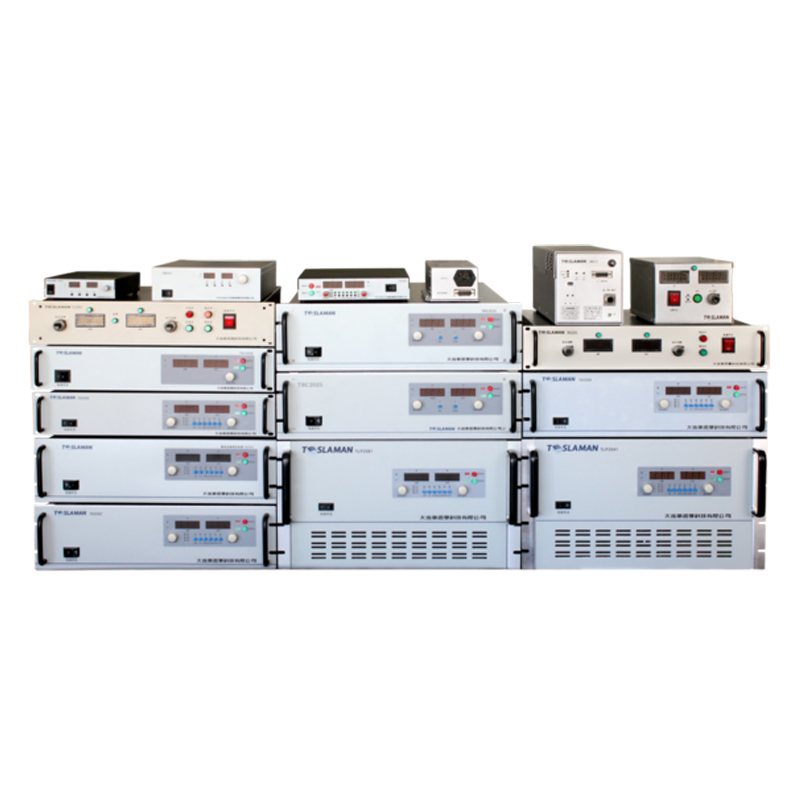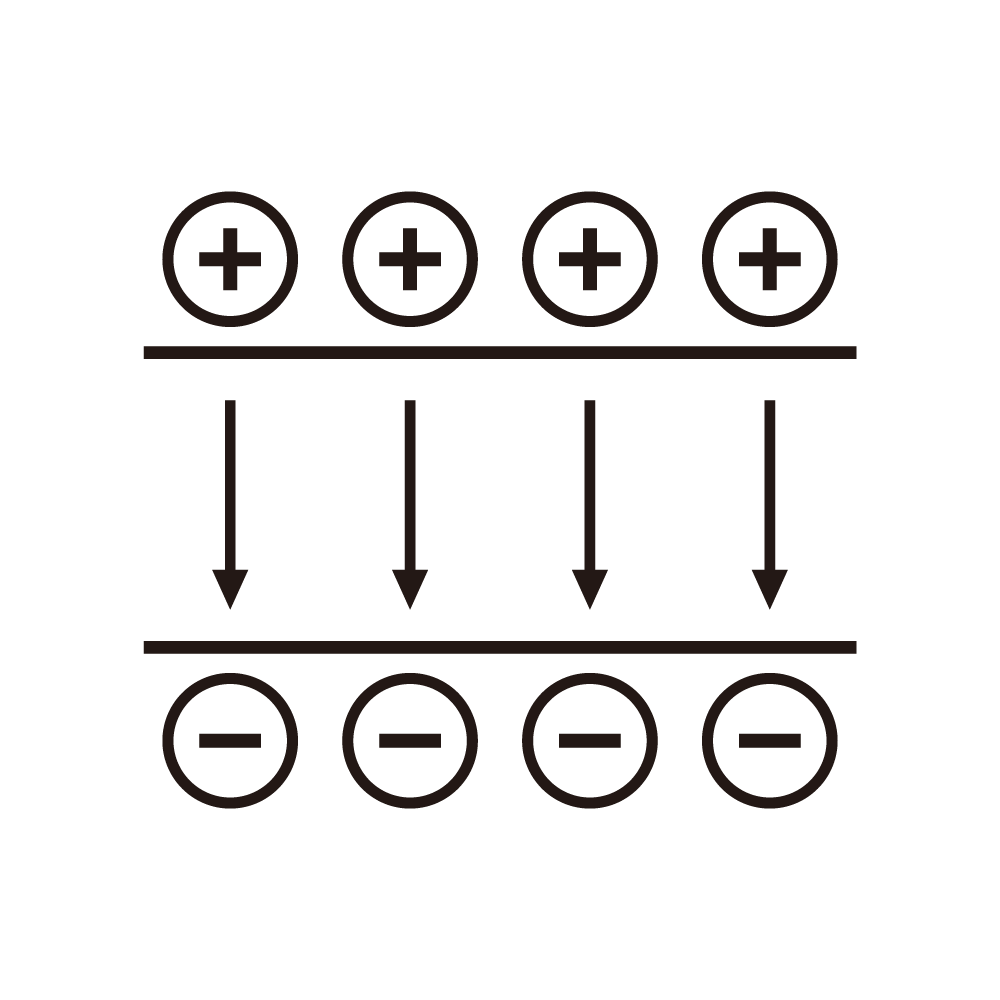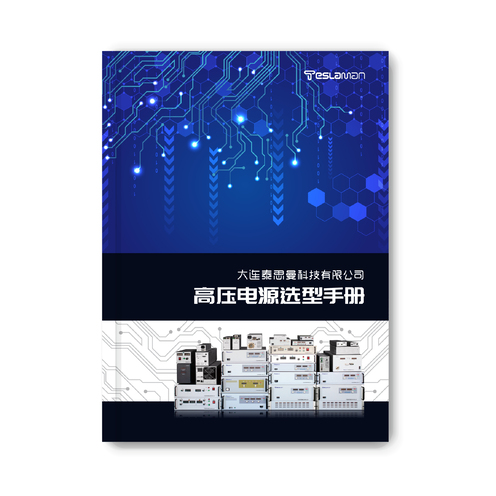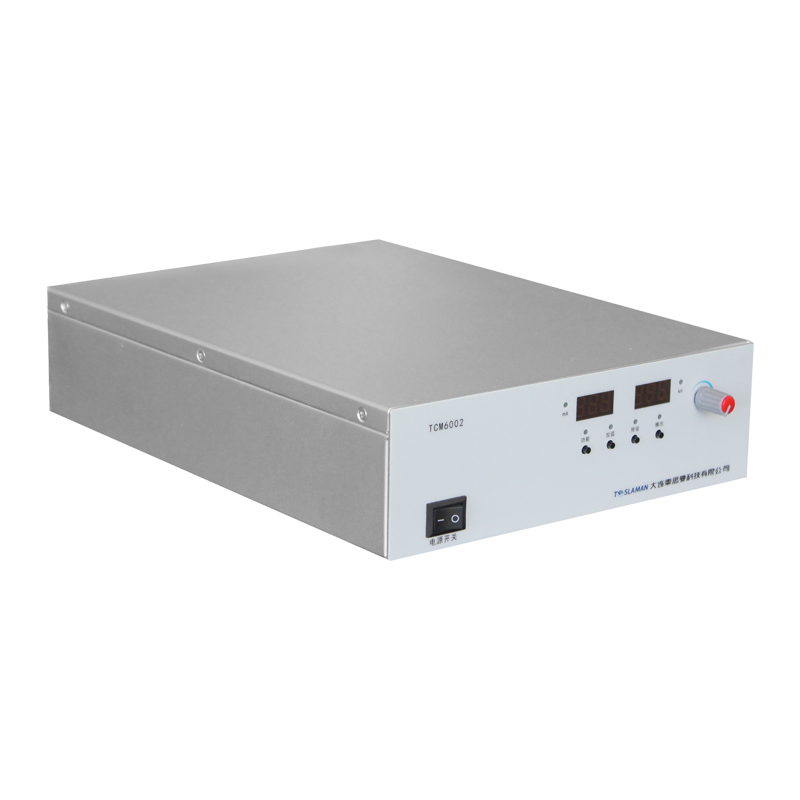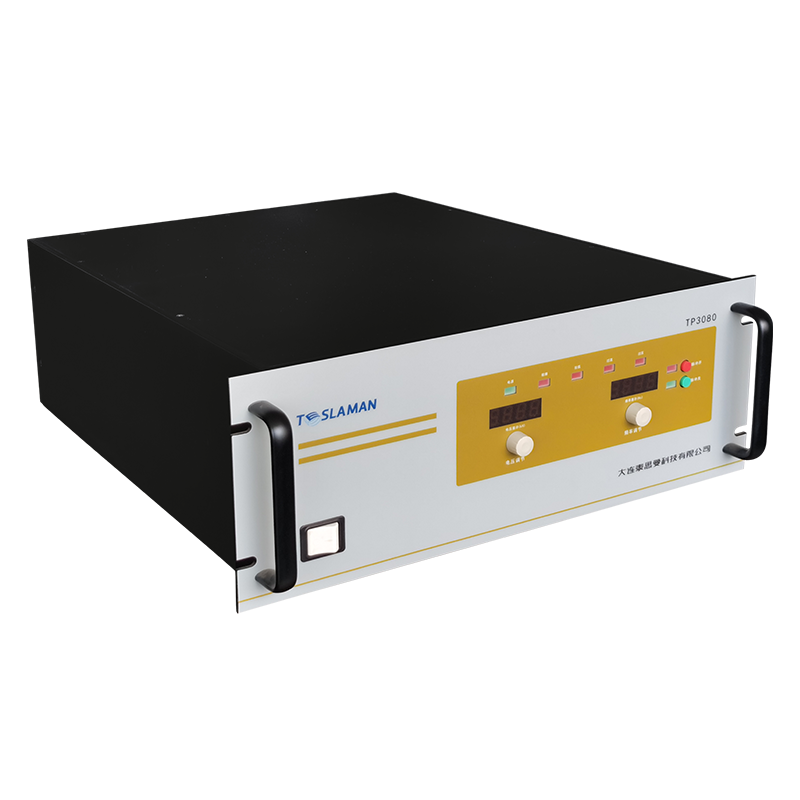The Key Role of Etching High-Voltage Power Supplies
In modern semiconductor manufacturing and many other advanced fields, the etching process undoubtedly occupies a pivotal position. In the etching process, the etching high-voltage power supply plays a core role, which is crucial for the precise control, efficient operation of the entire etching process, and the quality of the final products.
The etching process aims to remove materials from specific areas on the wafer surface through chemical or physical methods to form the desired microstructures. This process requires extremely high precision, with errors controlled within a minimal range. The etching high-voltage power supply provides the necessary energy drive for the etching process. It can generate high voltages, thereby creating a strong electric field within the etching chamber. In this strong electric field environment, gases are ionized to form a plasma. The active particles such as ions and free radicals in the plasma have sufficient energy to react with the materials on the wafer surface, thus achieving material removal.
The stability of the etching high-voltage power supply is of utmost importance. If there are fluctuations in the power supply output voltage, it will directly lead to instability in the electric field strength during the etching process. This will cause changes in the density and activity of the plasma, ultimately affecting the etching uniformity. Uneven etching may result in inconsistent material removal rates in different regions of the wafer, making the performance of manufactured chips and other products vary. In severe cases, it may even lead to product scrapping. A stable high-voltage power supply can ensure that the etching process proceeds continuously within the set parameters, guaranteeing that each wafer can be etched uniformly and precisely.
In addition, the voltage regulation ability of the etching high-voltage power supply cannot be ignored. Different etching processes and different materials require different etching conditions. The high-voltage power supply needs to be able to accurately adjust the output voltage according to specific requirements. For example, when etching thin films of different thicknesses or different materials, by adjusting the voltage, the energy and quantity of particles in the plasma can be controlled, thereby achieving precise control over the etching rate and etching depth. This precise voltage regulation ability enables the etching process to adapt to diverse manufacturing needs, making it possible to manufacture complex and high-performance semiconductor devices.
The etching high-voltage power supply also plays an important role in improving the etching efficiency. By optimizing parameters such as the waveform and frequency of the power supply, the activity of the plasma can be enhanced, and the etching reaction rate can be accelerated. In large-scale production, an increase in etching efficiency means a reduction in the production cycle and production costs, thus significantly improving the production efficiency of enterprises.
Today, as advanced semiconductor manufacturing processes continue to move towards smaller feature sizes, the etching process faces higher precision and quality requirements. As a key component of the etching process, the continuous improvement and optimization of the performance of the etching high-voltage power supply are of irreplaceable significance for promoting the development of the semiconductor industry and other related fields. It is not only a guarantee for achieving high-precision etching but also one of the key driving forces for promoting modern manufacturing to a higher level.
